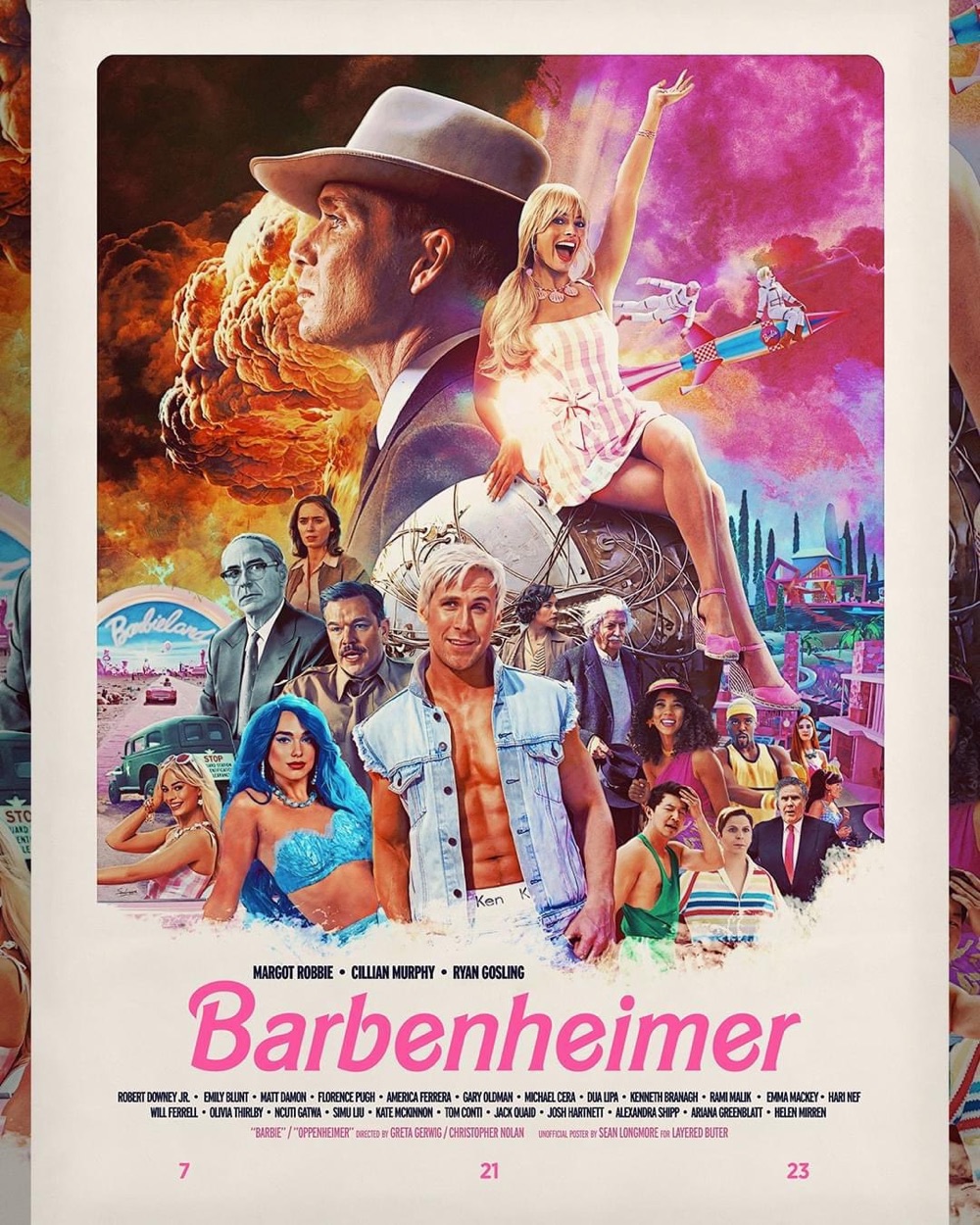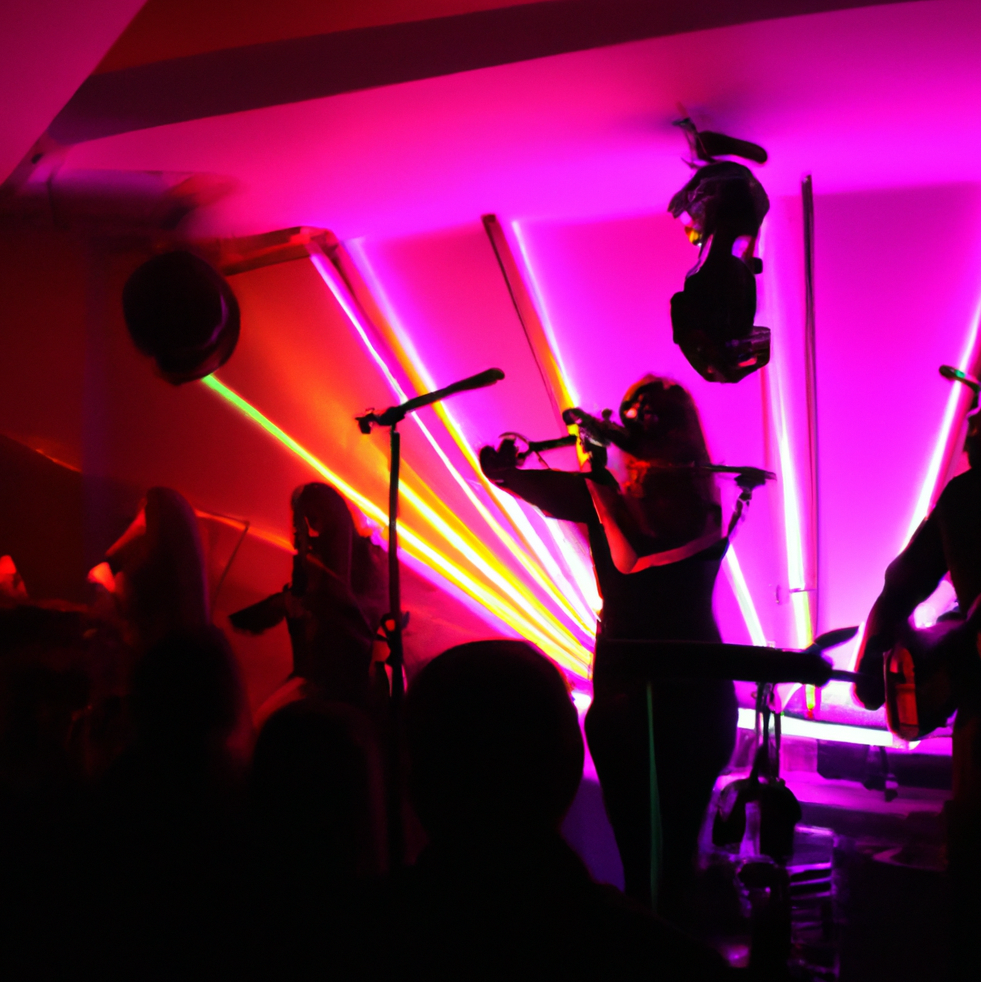Here’s How Good Movie Soundtracks Led To Barbenheimer’s Stunning Success
Barbenheimer is undoubtedly one of the biggest phenomena of 2023 – and undeniably the most exciting (and ticket-driving) event in the post-COVID film industry. On their first weekend, “Barbie,” and “Oppenheimer” grossed $337 million, and $174.2 million, respectively.
While it cannot be disputed that these two films had excellent filmmaking, and marketing, we’re taking a deep dive to see how effective good movie soundtracks are in influencing the audience’s views on a film, and, ultimately, the film’s success. Let’s dive right in.
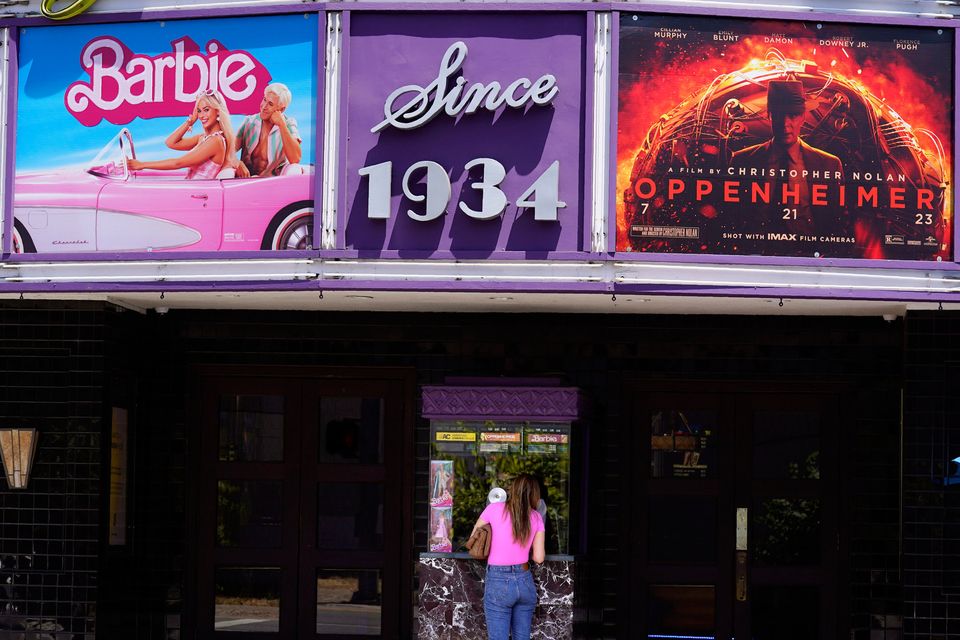
When did movie soundtracks become popular?
Movie soundtracks have been a Hollywood staple since the 1920s, with the first feature-length film with synchronised sound being the 1927 release “The Jazz Singer.” This movie primarily revolved around spoken dialogue. It did, however, include a few songs, making it one of the earliest examples of the modern movie soundtrack.
It wasn’t until the 1930s, and 1940s that movie soundtracks became an integral part of filmmaking. During this time, musicals prevailed, with Hollywood releasing classics such as “The Wizard of Oz” (1939), and “Singing in the Rain” (1952).
The soundtracks’ popularity led to the films’ popularity, and vice versa, transforming music in films into cinema staples. In addition, the introduction of stereo sound at the end of the 1950s was crucial to further improve the experience of cinemagoers.
As the 20th century progressed, movie soundtracks evolved into a complex branch of the music, and film industries. Talented soundtrack composers emerged who were able to convey the emotions, and tone of the film, and fully immerse the audience in the on-screen world.
As cinema became even more complex in the 1970s, and 1980s, films such as “Star Wars” (1977), and “Jaws” (1975) showcased the power of good movie soundtracks to transform a movie into a pop culture phenomenon. As MTV reigned supreme in the 1980s, filmmakers began working with music artists, who often doubled as soundtrack songwriters, and actors. The “Flashdance” (1983), “Footloose” (1984), and “Dirty Dancing” (1987) soundtracks not only elevated the films, but also further entwined the music, and film industries.
In the 1990s, movie soundtracks continued to thrive, with blockbusters such as “Titanic” (1997), and Celine Dion’s iconic “My Heart Will Go On,” and “The Bodyguard” (1992)’s “I Will Always Love You” firmly cementing Celine Dion, and Whitney Houston’s long-term success. These soundtracks became best-selling albums worldwide, further consolidating the immense commercial potential of movie tie-in music.
The noughties marked huge technological advances, with the Internet bringing new opportunities for movie soundtracks to reach a global audience. The digital music revolution not only made it easier for global audiences to listen to soundtracks on the fly, but also enabled them to “Shazam” songs while watching films.
Today, movie soundtracks continue to evolve, and are more diverse than ever. From orchestral symphonies to bubblegum pop, from mumble rap to hardcore rock, soundtracks play a crucial role in bridging the gap between “the audience,” and “the film,” allowing cinemagoers to fully immerse themselves in the magic of the silver screen.
Why are good movie soundtracks so important?
Exposure and reach
With million dollar backings, having a song featured in a movie soundtrack is guaranteed an unparalleled exposure. Films are watched by millions of people worldwide, and when a song resonates with the audience, it can catapult the artist into stardom. The soundtrack’s commercial success not only entices potential audiences, but also increases the likelihood of box office success.
Emotional connection and branding
Good movie soundtracks move the audience, and establish powerful emotional connections that, even outside the theatre, evoke a particular emotion. When a soundtrack is timed perfectly with the film’s narrative, and it makes the audience feel more emotional, and builds up suspense, that’s when you create truly unforgettable cinematic moments.
In addition, soundtracks can serve as excellent extensions of a movie’s branding. They not only inspire emotional brand loyalty, but soundtracks can also build the film’s brand identity and recognition.
Boosting music sales
A film placement can be just the thing a song needs to become a hit. Audiences who emotionally connect to the film’s narrative, and its soundtrack typically seek out the soundtrack’s individual tracks after the movie, leading to a boost in streams, and sales. This sales boost benefits not only the artists on the soundtrack, but also the artist team, publishers, and record labels that have worked together to make this placement happen.
Introducing new talent or reviving old songs
Movie soundtracks serve as the gateway for emerging artists to make their mark in the music industry. Directors, and music supervisors often seek fresh, and unique voices to complement the themes, and tone of the film. Undoubtedly, such placements can be a game-changer for up-and-coming musicians, providing them with a platform to launch their careers, and connect with a broader fanbase.
When filmmakers strategically place iconic tracks in their films, they not only introduce these songs to a new generation of listeners, but also give artists a new lease of life. As a result, these songs, and artists experience a renewed popularity, streaming success, and even a resurgence in the music charts. In Barbie’s case, the film revived Aqua’s “Barbie Girl” via Nicki Minaj, and Ice Spice’s “Barbie World,” leading to Aqua’s reinassance.
Award recognition and influence on music trends
Good movie soundtracks can propel films to new heights via accolades, and recognition at prestigious aware ceremonies like the Oscars. Winning, or even being nominated, not only has a big impact on the composers’ careers, but also on the film director, and crew’s leverage when it comes to pitching their next project.
A popular movie soundtrack can also influence the direction of pop music by influencing trends, and bringing certain music styles to the forefront. A good example of this is the impact Lady Gaga, and Bradley Cooper’s “Shallow” from “A Star Is Born” had on pop music in 2018, topping the charts in more than twenty countries.
Barbie and Oppenheimer (Barbenheimer): A Case Study
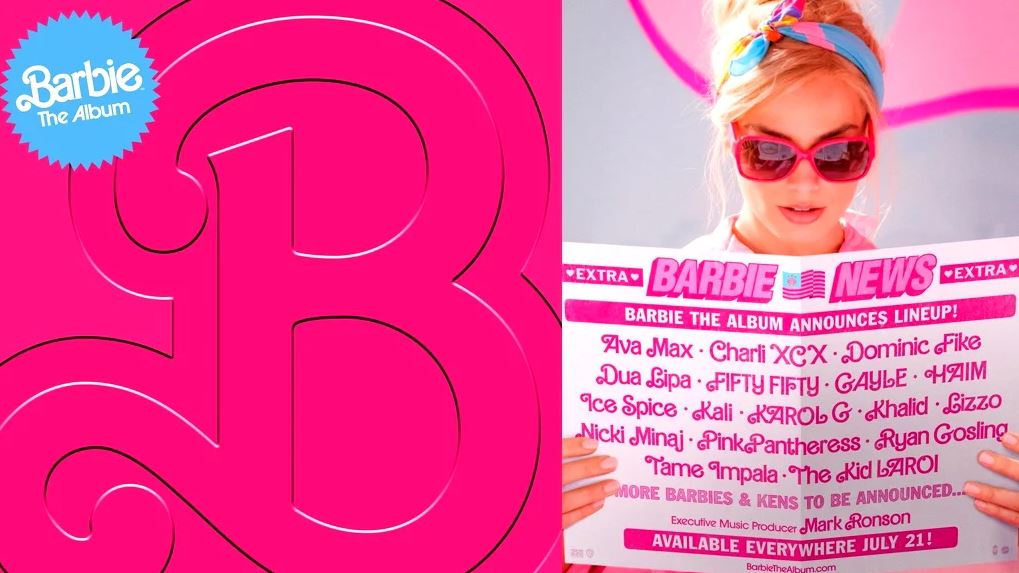
The Barbie soundtrack’s success
Barbie’s soundtrack is a great example of how soundtracks can hype up a film pre-release, and expand the film’s universe past its release date. “Barbie: The Album,” as the film marketing team coined the soundtrack, included a pre-release single, Dua Lipa’s “Dance The Night,” and four other singles, “Barbie World,” “Speed Drive,” “What Was I Made For?” and “Choose Your Fighter” by world-class acts. Undoubtedly, being championed by artists such as Nicky Minage, Billie Eilish, and Sam Smith added more hype to an already hyped film.
In addition to being an ingenious marketing move, the Barbie soundtrack also served as a narrative ploy. The music featured while Barbie is in Barbie Land is more upbeat and positive than the songs featured in the Real World portion of the film.
Greta Gerwig, alongside music editor Suzana Peric, and composers Mark Ronson, and Andrew Wyatt reverse-engineered the soundtrack by creating the pop songs first, and then placing them in crucial scenes to reflect what Barbie is feeling at that moment. The result? A moving soundtrack, and a chart-topping album that stands on its own.
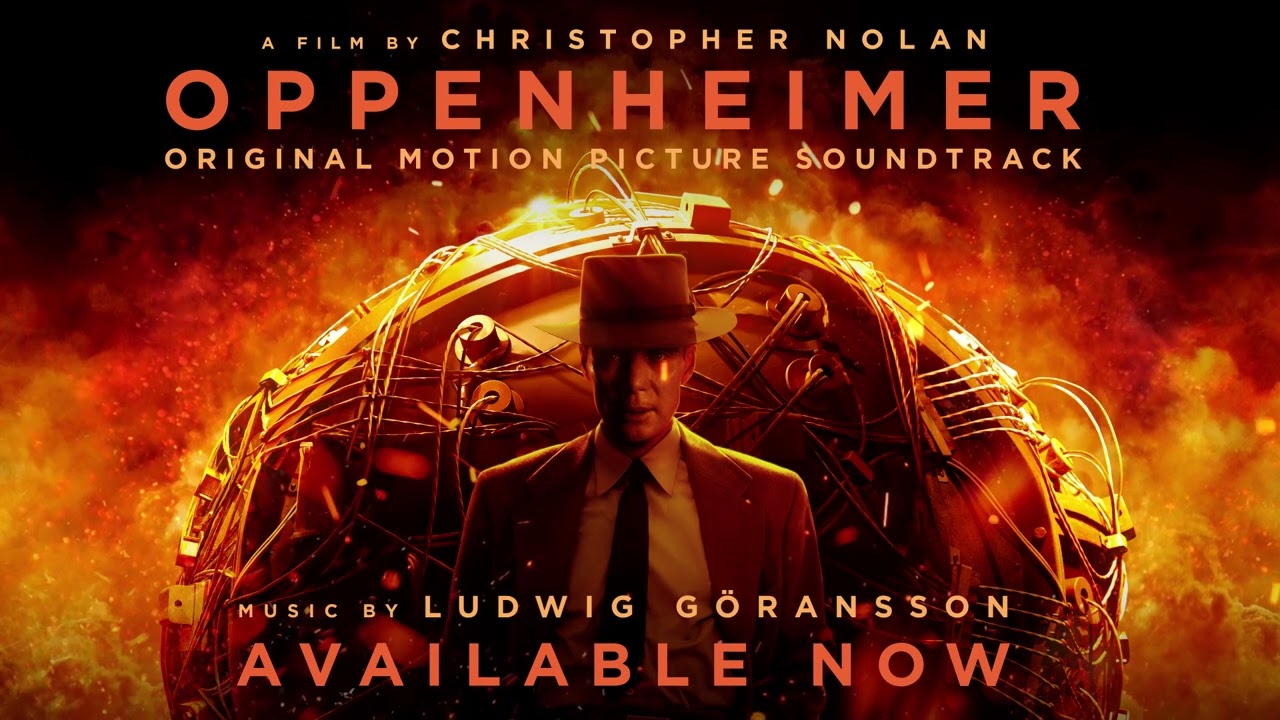
The Oppenheimer soundtrack
The Oppenheimer soundtrack is more classical in its approach, with violin-heavy orchestral pieces that contrast with the contemporary pop approach of the Barbie soundtrack. Like the Barbie soundtrack, however, Oppenheimer’s soundtrack reflects the overall mood and tone of the film. Silence is used as purposefully as music throughout the score to leave the audience with a sense of fear and unease.
The Oppenheimer soundtrack’s composer, Ludwig Göransson, composed the score after being instructed by director Christopher Nolan to use the violin as the score’s main instrument. According to Ludwig Göransson, “Essentially, what I think Chris was interested in was how you can take this violin, which is a fretless instrument, and you can have the most romantic, intimate personal sound in one second, and then within a split second, you can change the tone of the vibrato to make it neurotic and horrific.” By switching between music styles in a split second, the soundtrack carefully enhances what the visual and narrative craft: an intense, brooding and existentialist mood that leaves the audience in a contemplative state.
Final notes
Good movie soundtracks are of immense importance in the music industry, bridging exposure, artistic expression, and commercial success. The film and music industries have become increasingly interlinked over the years, and soundtracks have transformed from being background scores to becoming cultural touchstones, pop culture phenomena and timeless classics. They have the ability to influence trends, shape careers, and, above all, connect audiences with the magic of cinema.



